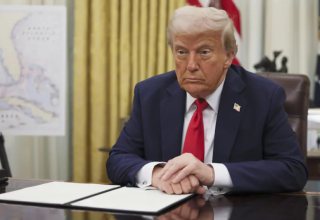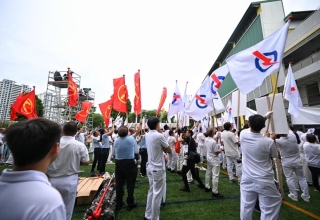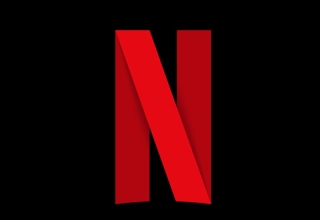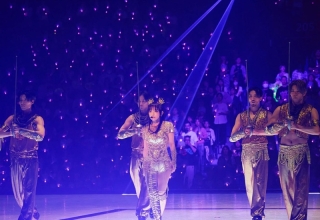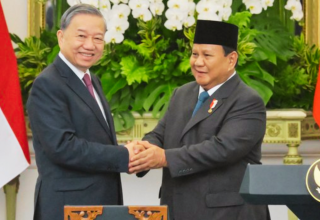
In quite an unexpected twist, Toyota is stepping into the business of battery supply. The company will soon provide hybrid batteries to Honda in the U.S., a big shift in its strategy.
Toyota’s North Carolina Battery Plant Open for Business
The new battery plant of Toyota in North Carolina with investments worth $14 billion is gearing up for production. Come next month, the facility will be sending its first batteries; Honda is already in its lineup for first customers.
Starting in fiscal 2025, Toyota will supply batteries for an estimated 400,000 Honda hybrids sold in the U.S., according to reports. Currently, Honda’s batteries are sourced from China and Japan, but the new changing political and economic worlds are shifting.
The Tariff Factor: The Reason Honda is Shifting to Toyota
Almost a quarter of the sales for Honda last year were from hybrids and EVs in the U.S. To date, it has sold over 308,500 hybrids and about 40,400 electric vehicles in 2024 alone in the U.S., with the CR-V Hybrid even becoming a popular choice.
There is a new twist to all of this because new tariffs from the U.S. government are spreading throughout the auto industry. An additional 10 percent on all Chinese imports came into effect this month and was simply added to the existing 10 percent. More, including one jump even more dramatic, going from 2.5 percent to 25 percent on all vehicles imported from Japan, are already in the offing. Major Japanese automakers will likely cost as much as $20 billion just in the U.S. market.
On top of all this, potential tariffs on imported goods from Mexico and Canada can reach an additional $4.7 billion for Honda itself. Industry credentials secure to Honda a sustainable battery supply based in the U.S. to reduce reliance on overseas production.
At the new Toyota battery facility in the U.S., known as Toyota Battery Manufacturing North Carolina (TBMC), the company is constructing quite a factory. Spanning over seven million square feet—roughly the size of 121 football fields-it is the largest building in the world for battery manufacture. This plant becomes crucial to the company because it introduces its first-ever, in-house, home-grown battery factory outside Japan for manufacture.
It is all hands on deck for this automaker pushing for increased electrified vehicle sales for North America. Toyota sold electrified, plug-in hybrid (PHEV), and
https://x.com/Automotive_News/status/1901757323347152936
conventional hybrid vehicles last year, accounting for about 40% of total Toyota sales in North America. This will rise to the target of 80% by 2030.

A Win-Win for Both Toyota and Honda
Placing Honda as a significant battery customer for Toyota is a brilliant idea. It reduces production costs for Toyota as it builds up on battery manufacturing and also puts it in a better position in the emerging competition in the automotive sector.
On the other hand, Honda saves on heavy tariffs, getting a steady supply of batteries for its hybrids made within the U.S. This aspect of cooperation thus marks part of Japan’s bigger attempt to cut back on reliance on Chinese factories and wriggle through the maze of global trade.
The Bigger Picture: How Tariffs Are Reshaping the Auto Industry
Now, it is not just the Japanese automakers who are feeling the pinch of the tariffs. Even U.S. car manufacturers like General Motors, Ford, and Stellantis (the parent company of Jeep) are getting affected. Recently, GM stopped production at its plant in Mexico, where models like the electric Chevy Equinox and Blazer are produced alongside the Honda Prologue EV. Stellantis, on the other hand, did the same by ceasing operations at its Brampton Assembly Plant in Canada, thereby postponing the roll-out of its Jeep Compass EV.





